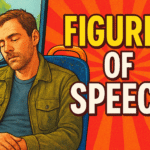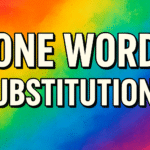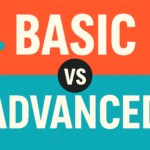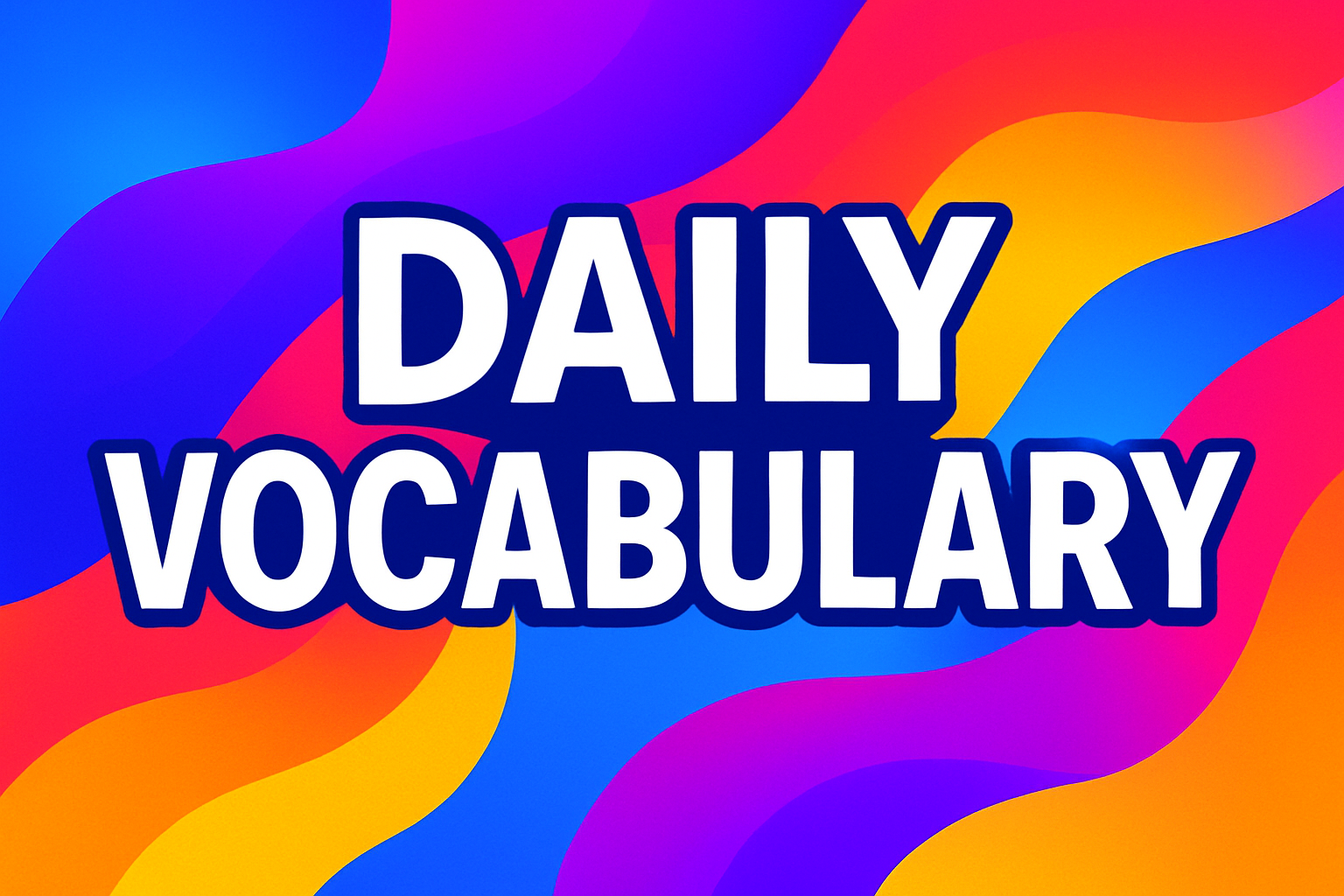Tense in English grammar refers to the time of an action or state of being, expressed through the form of a verb. It indicates when an event occurs (past, present, or future) and sometimes the nature of the action (e.g., ongoing, completed). Tenses help provide clarity about the timing and duration of actions, making them essential for effective communication.
What Are Tenses?
Tenses are verb forms that show:
- Time: When the action happens (past, present, future).
- Aspect: How the action unfolds (e.g., ongoing, completed, habitual). Tenses are formed by modifying the verb, often with auxiliary verbs (e.g., “have,” “be,” “will”) or by changing the verb’s form (e.g., “walk” to “walked”).
Types of Tenses
English tenses are broadly categorized into three main time frames: Past, Present, and Future. Each is further divided into four aspects: Simple, Continuous (Progressive), Perfect, and Perfect Continuous. This results in 12 primary tenses. Below, I explain each tense with its structure, usage, and examples.
1. Present Tense
The present tense describes actions or states happening now, habits, general truths, or scheduled events.
a. Simple Present
- Structure: Subject + Base Verb (add -s/-es for third-person singular subjects)
- Usage: For habits, facts, routines, feelings, opinions, or scheduled events.
- Examples:
- She walks to school every day. (Habit)
- The sun rises in the east. (Fact)
- The train leaves at 6 p.m. (Scheduled event)
b. Present Continuous
- Structure: Subject + am/is/are + Verb + -ing
- Usage: For actions happening now, temporary actions, or near-future plans.
- Examples:
- I am writing an explanation for you. (Happening now)
- He is staying with friends this week. (Temporary action)
- We are meeting tomorrow. (Future plan)
c. Present Perfect
- Structure: Subject + have/has + Past Participle (e.g., written, gone)
- Usage: For actions completed in the past with present relevance, or experiences up to now.
- Examples:
- I have just finished this sentence. (Recent completion)
- She has visited Paris twice. (Experience)
- They have lived here since 2010. (Ongoing situation)
d. Present Perfect Continuous
- Structure: Subject + have/has + been + Verb + -ing
- Usage: For actions that started in the past, continue now, or have recently stopped, emphasizing duration.
- Examples:
- She has been studying for three hours. (Ongoing action)
- I have been feeling tired lately. (Recent state)
- They have been working on the project since last month. (Duration)
2. Past Tense
The past tense describes actions or states that happened at a specific time in the past.
a. Simple Past
- Structure: Subject + Past Form of Verb (regular: add -ed; irregular: e.g., went, saw)
- Usage: For completed actions or events in the past.
- Examples:
- He played football yesterday. (Completed action)
- They visited the museum last week. (Specific event)
- She was happy. (Past state)
b. Past Continuous
- Structure: Subject + was/were + Verb + -ing
- Usage: For ongoing actions in the past, often interrupted by another action, or to set the scene.
- Examples:
- I was reading when the phone rang. (Interrupted action)
- They were talking during the movie. (Ongoing action)
- It was raining all day yesterday. (Scene setting)
c. Past Perfect
- Structure: Subject + had + Past Participle
- Usage: For actions completed before another past action or time.
- Examples:
- She had finished her homework before dinner. (Earlier action)
- They had left by the time we arrived. (Sequence of events)
- I had never seen such a beautiful sunset before. (Past experience)
d. Past Perfect Continuous
- Structure: Subject + had + been + Verb + -ing
- Usage: For actions that were ongoing in the past before another past event, emphasizing duration.
- Examples:
- He had been working for hours before he took a break. (Duration before an event)
- They had been traveling all day when they reached the hotel. (Ongoing action)
- She had been crying, so her eyes were red. (Cause of a past state)
3. Future Tense
The future tense describes actions or states that will happen later.
a. Simple Future
- Structure: Subject + will + Base Verb (or “be going to” + Base Verb)
- Usage: For predictions, decisions made now, promises, or planned events.
- Examples:
- I will call you tomorrow. (Promise/decision)
- It will rain this afternoon. (Prediction)
- She is going to start a new job next week. (Planned event)
b. Future Continuous
- Structure: Subject + will + be + Verb + -ing
- Usage: For actions that will be ongoing at a specific future time.
- Examples:
- At 8 p.m., I will be watching a movie. (Ongoing future action)
- They will be traveling to London this time tomorrow. (Future scene)
- She will be studying all weekend. (Extended action)
c. Future Perfect
- Structure: Subject + will + have + Past Participle
- Usage: For actions that will be completed by a specific future time.
- Examples:
- By next month, I will have finished this project. (Completion by a future point)
- They will have arrived by noon. (Future deadline)
- She will have saved enough money by 2026. (Future achievement)
d. Future Perfect Continuous
- Structure: Subject + will + have + been + Verb + -ing
- Usage: For actions that will have been ongoing up to a specific future time, emphasizing duration.
- Examples:
- By 2026, I will have been working here for five years. (Duration up to a point)
- She will have been studying for hours by the time the exam starts. (Ongoing action)
- They will have been traveling for days when they reach home. (Extended effort)
Key Points About Tenses
- Auxiliary Verbs: Tenses often use helpers like “be,” “have,” or “will” to form continuous, perfect, or future tenses.
- Regular vs. Irregular Verbs: Regular verbs follow predictable patterns (e.g., walk → walked), while irregular verbs have unique forms (e.g., go → went, gone).
- Context is Crucial: The choice of tense depends on the time, duration, and relationship between actions. For example, past perfect is used to show one past action happened before another.
- Aspect Matters:
- Simple: Focuses on the action as a whole (completed or habitual).
- Continuous: Emphasizes ongoing or temporary actions.
- Perfect: Highlights completion or relevance to another time.
- Perfect Continuous: Combines duration and completion.
Practical Tips for Using Tenses
- Match Tense to Time: Use present for current/habitual actions, past for completed actions, and future for upcoming events.
- Use Time Markers: Words like “yesterday,” “now,” “tomorrow,” “since,” or “by” help signal the correct tense.
- Yesterday → Simple Past: I went to the store.
- By next year → Future Perfect: I will have graduated.
- Practice Sequences: When describing multiple events, use tenses to clarify the order (e.g., past perfect for earlier events, simple past for later ones).
- Learn Irregular Verbs: Memorize common irregular verb forms (e.g., see/saw/seen) to use perfect tenses correctly.
- Context in Conversation: Native speakers often mix tenses in natural speech (e.g., present perfect for recent events with present impact).
Example Paragraph Using Multiple Tenses
Last year, I was living in London and worked as a teacher (Past Continuous, Simple Past). I had been planning to move abroad for years before I made the decision (Past Perfect Continuous, Simple Past). Now, I am studying a new language and have already learned a lot (Present Continuous, Present Perfect). By next year, I will have been living here for two years and will be speaking fluently (Future Perfect Continuous, Future Continuous).






